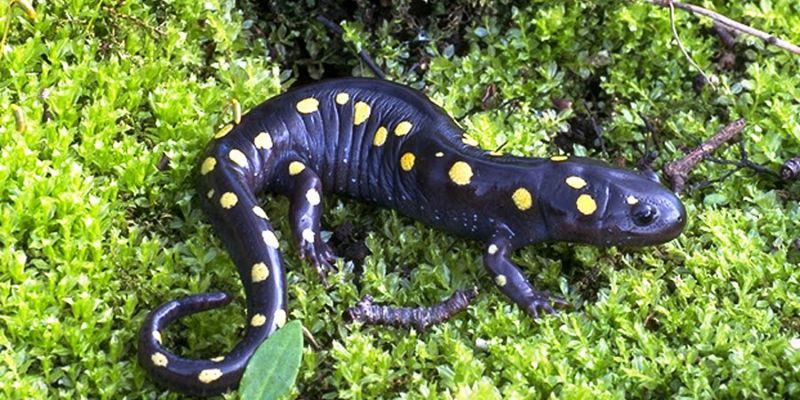
Many volunteers braved cold, rainy conditions during the second weekend in March to record amphibian migrations. Based on volunteer reports, both from the Hudson Valley and New England states, the numbers of salamanders and wood frogs moving toward woodland pools were relatively low. While it was certainly rainy, the temperatures were still a
little cold for the much-anticipated “Big Night” migration. What we may see this year instead is a number of ‘smaller nights,’ depending on weather conditions, with migrations more diffuse over a few weeks.
Volunteers were urged to keep track of local forecasts and to look for migrations on rainy evenings when temperatures were at least 40F. Their observations enable us to identify and map road crossings where salamanders and frogs are especially vulnerable, and to learn more about where their habitats are located. This information can then be used for community planning and for groups of volunteers interested in starting “crossing guard” programs for the breeding season. Over time, we can also learn whether the period of spring migrations may be shifting due to climate change.
